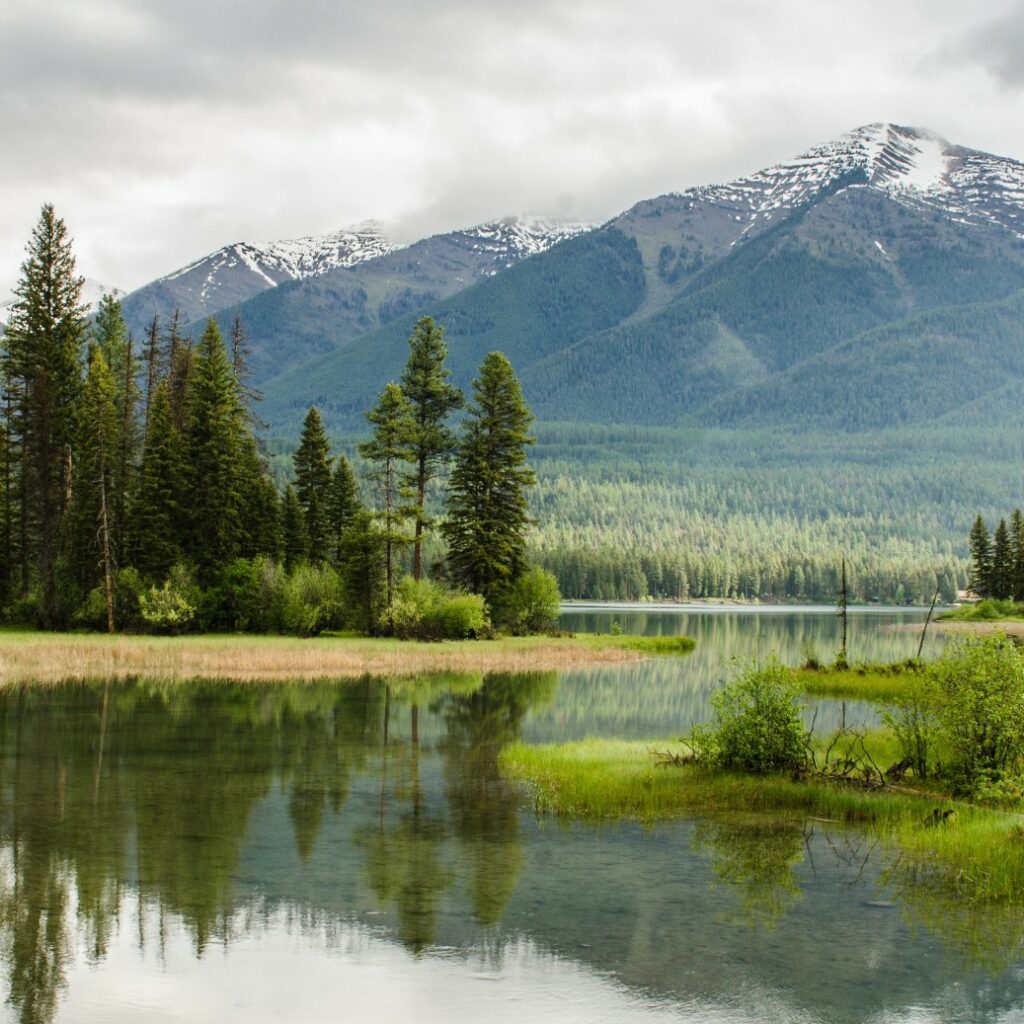
A Natural Legacy
June 15, 2023 • Judith Carder
Judith Carder makes a lasting difference with a gift in her Will, in honour of her late father.

Canada’s wilderness is the world’s envy. It’s our duty to keep our true north strong and green.
Donate